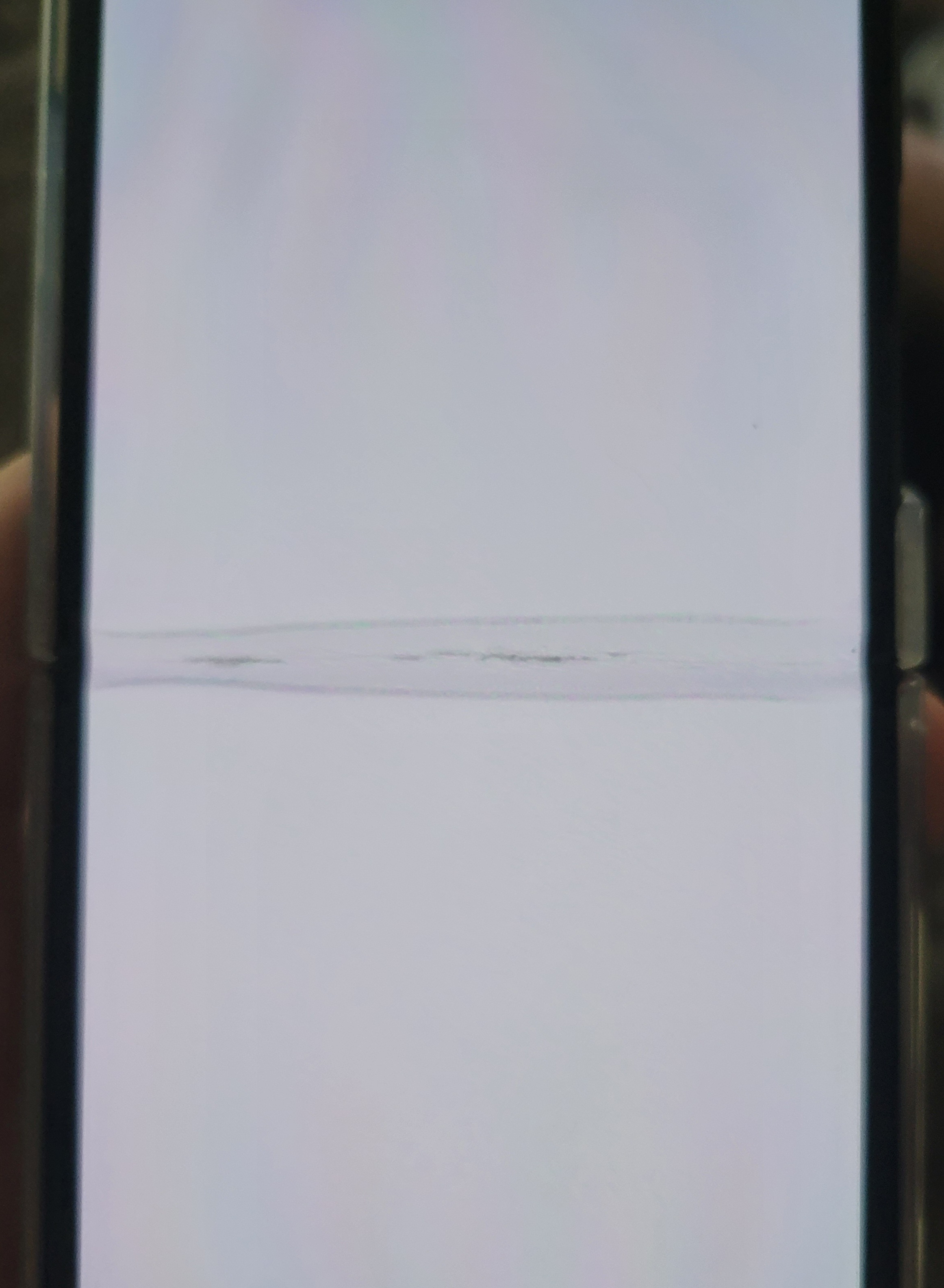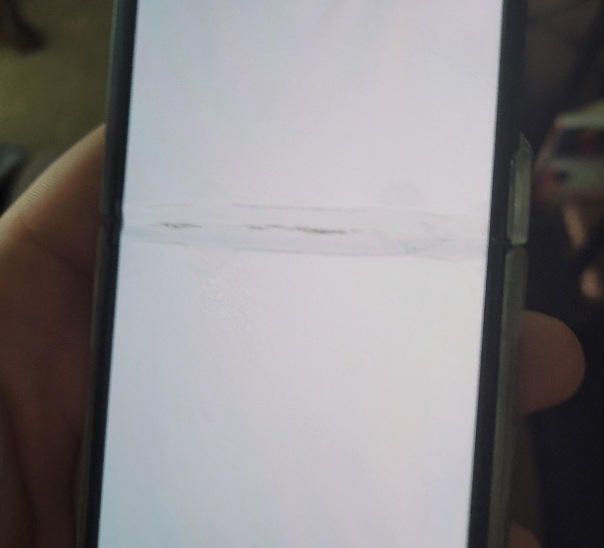

I’m entering 40s and this doesn’t sound normal to me. Get a second opinion if your doctor is writing it off. Don’t get me wrong, as I got older my joints are sore and pop in the morning. My back can’t handle some sports I used to enjoy. You’re too young to be struggling with jars and shoes in my completely uninformed nonprofessional opinion.



Sneaky, thanks for raising this.